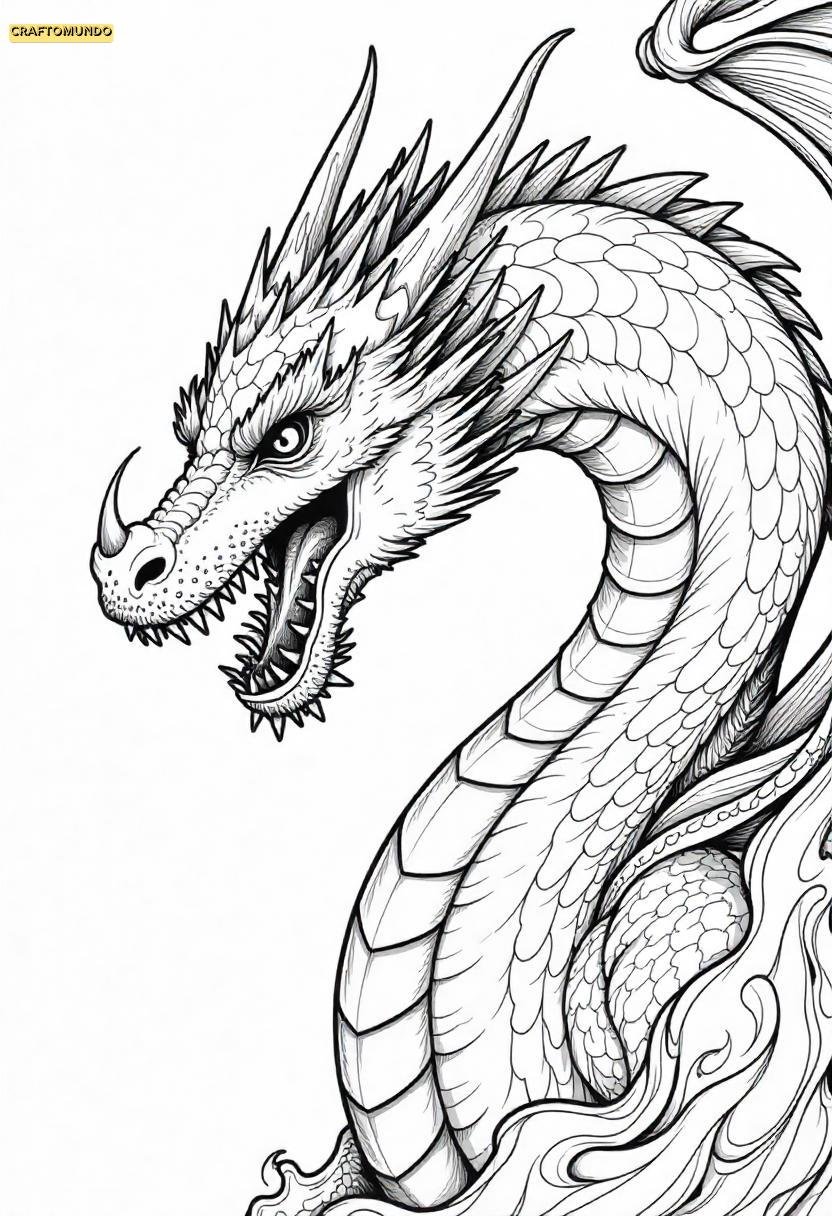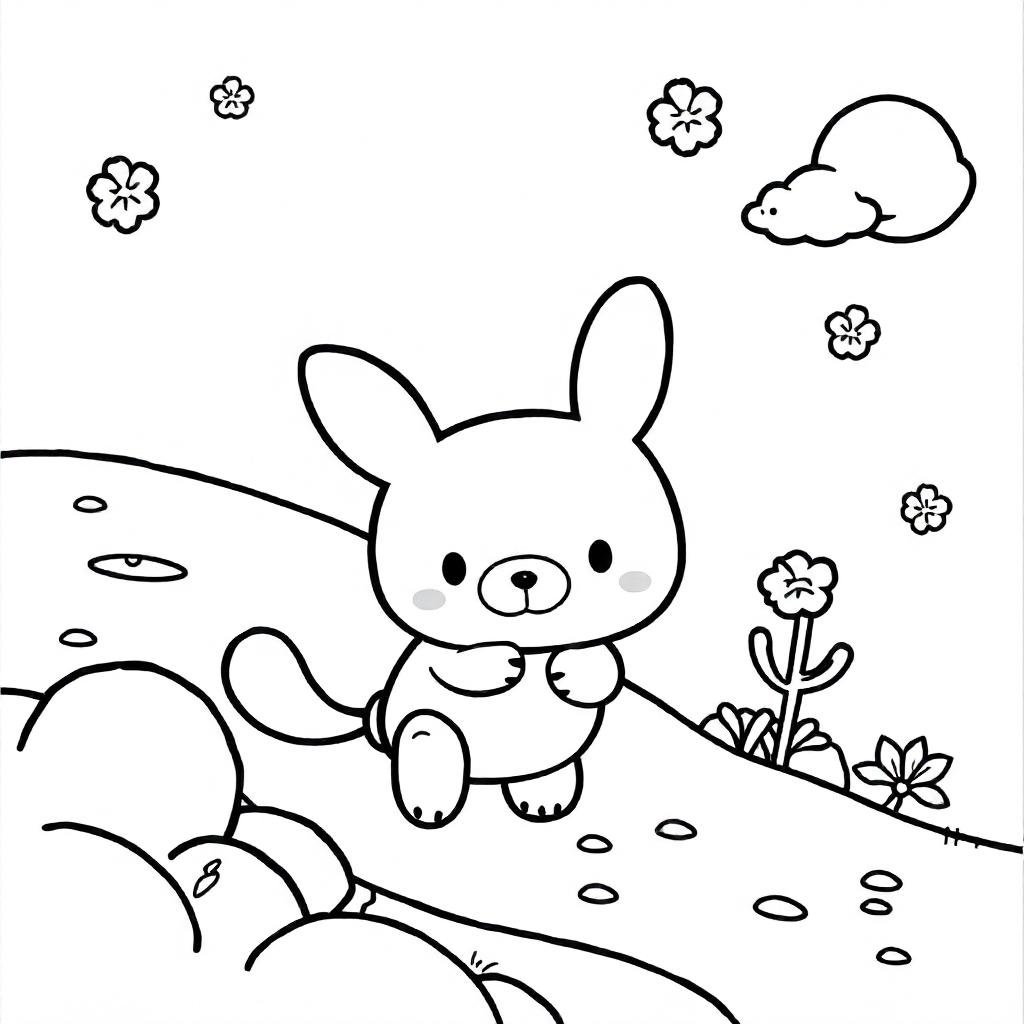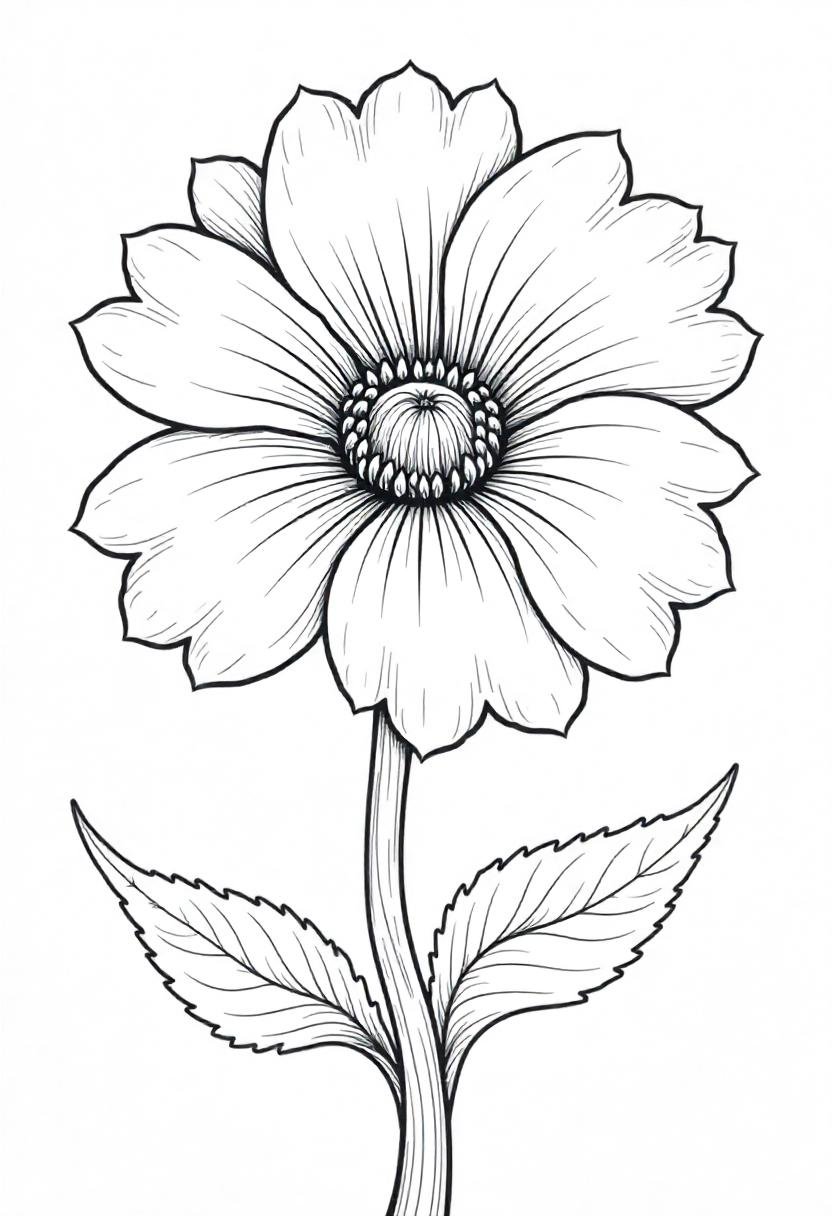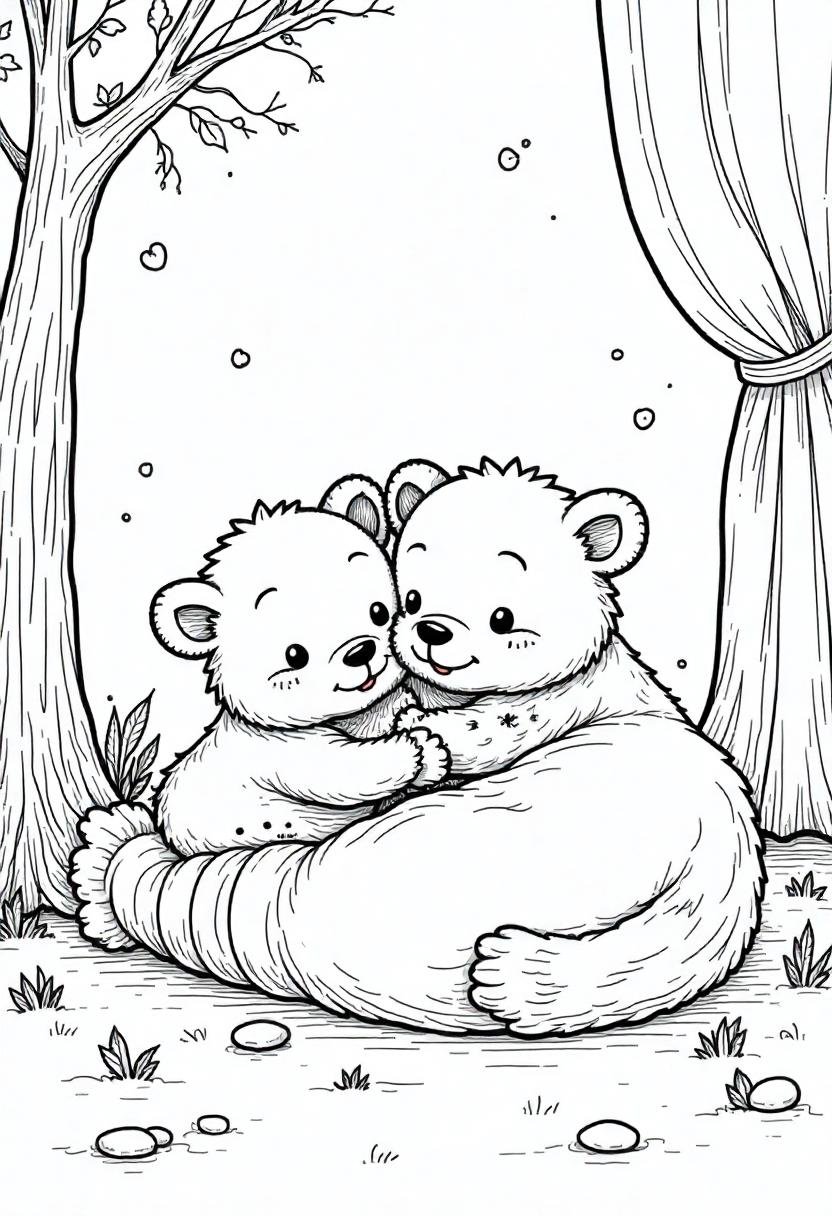26 Cartoon Coloring Pages
Coloring cartoon pages isn’t just for kids anymore.
It’s a wonderful pastime that lets your creativity shine, whether you’re 5 or 95!
Here are some pages for you to color up along with tips and tricks that might come in handy.
Cartoon Coloring Pages
1
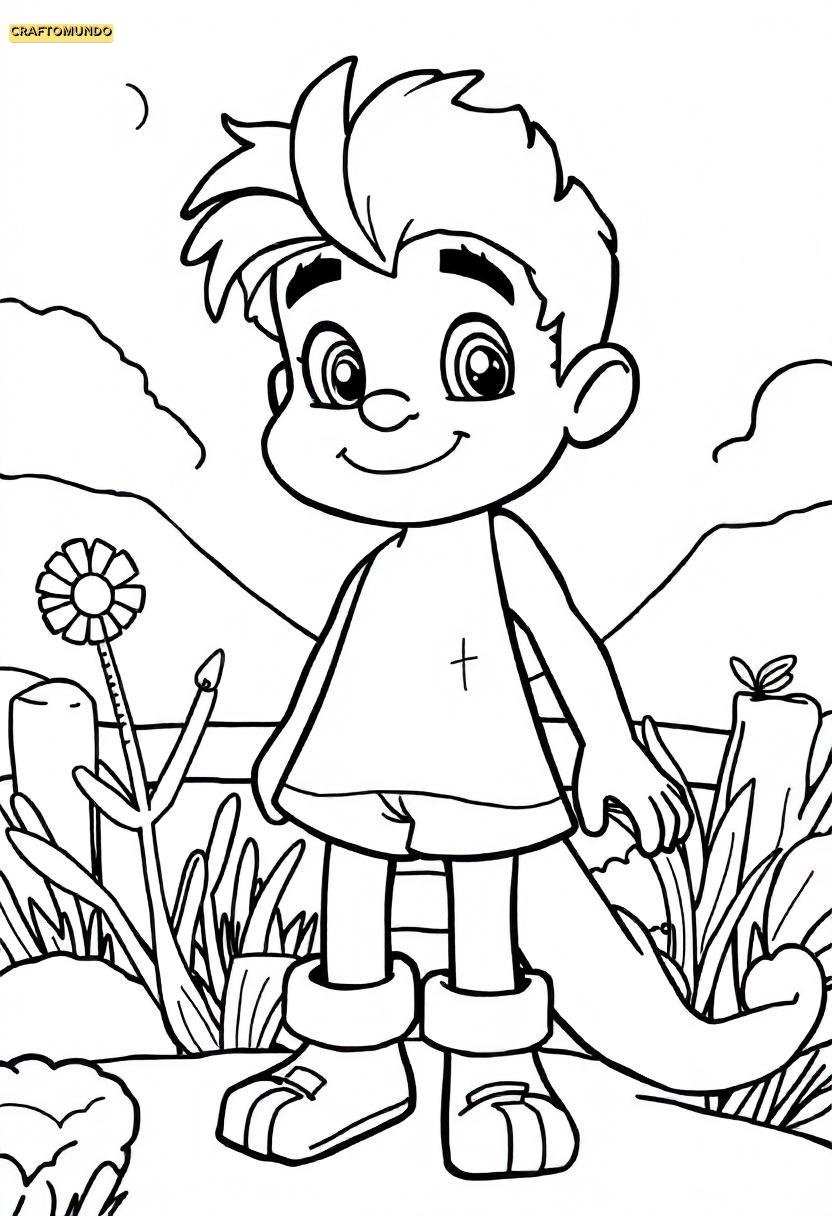
2
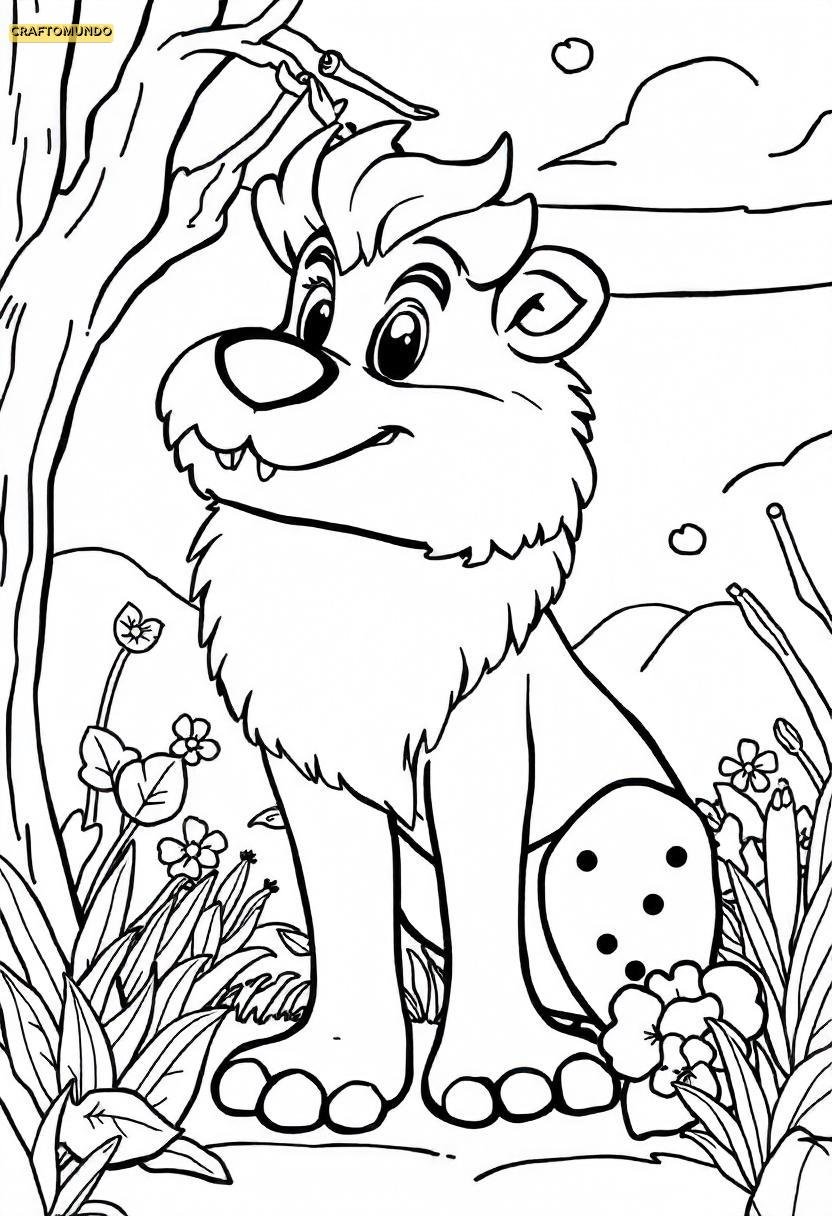
3
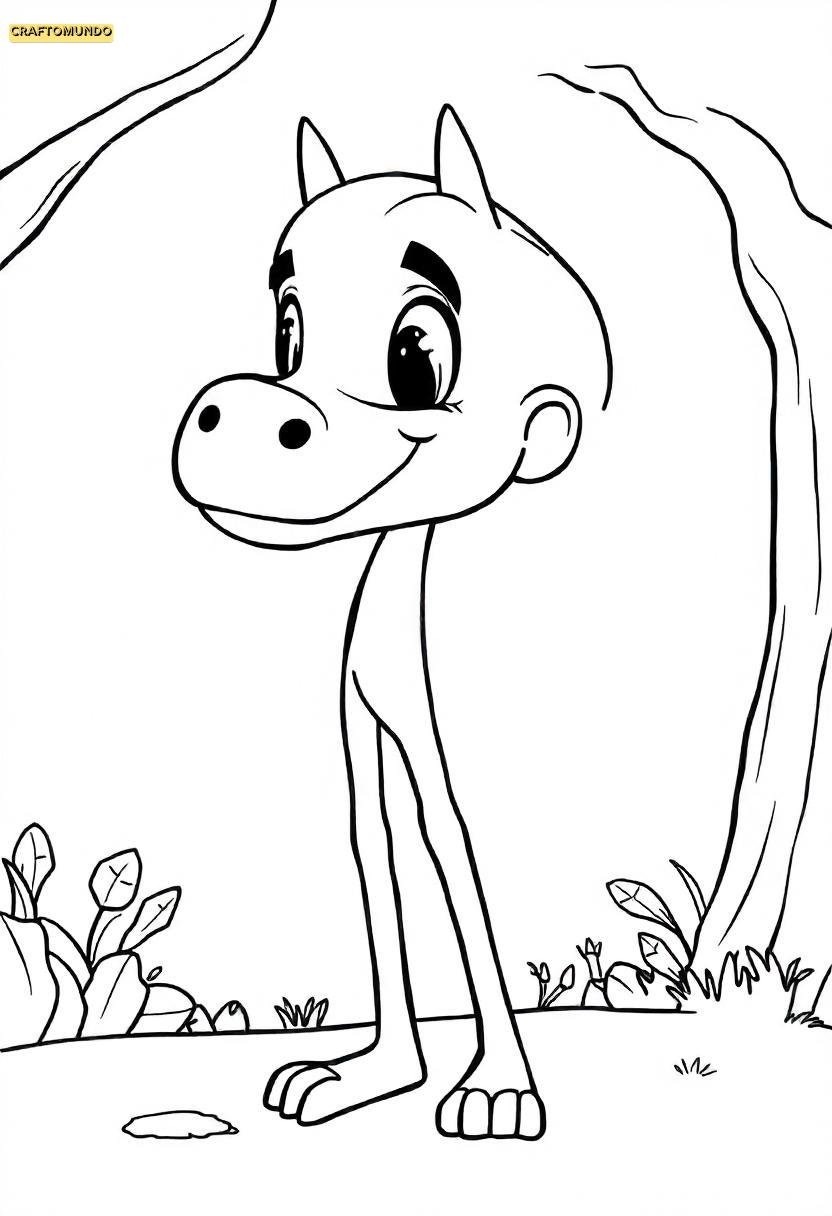
4

5
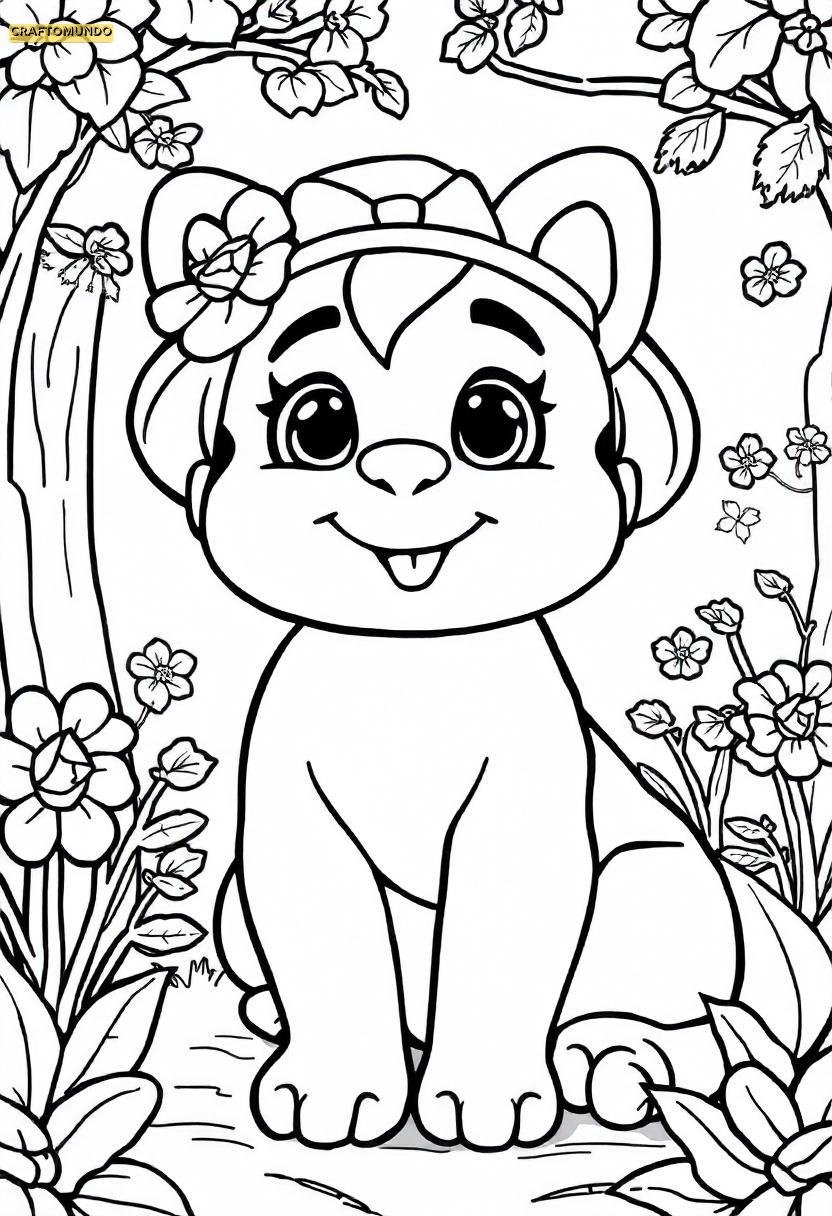
6
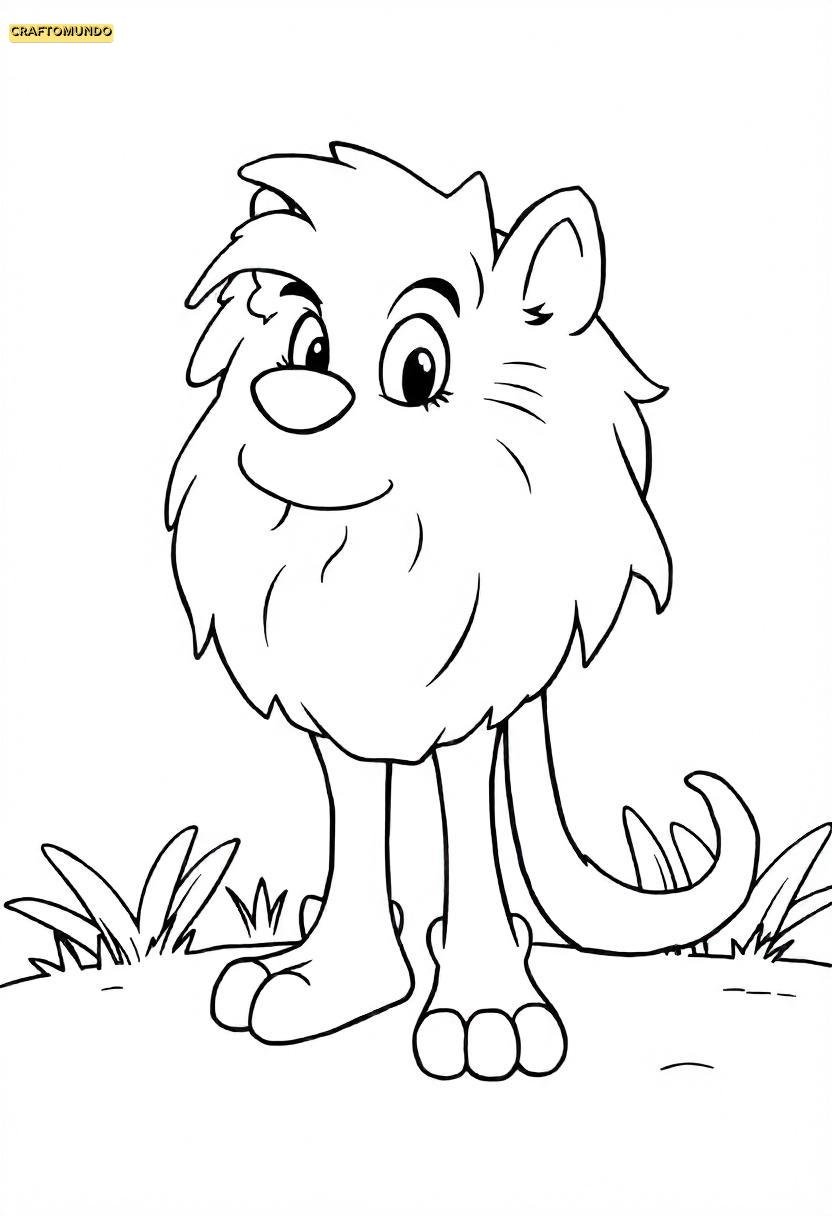
7
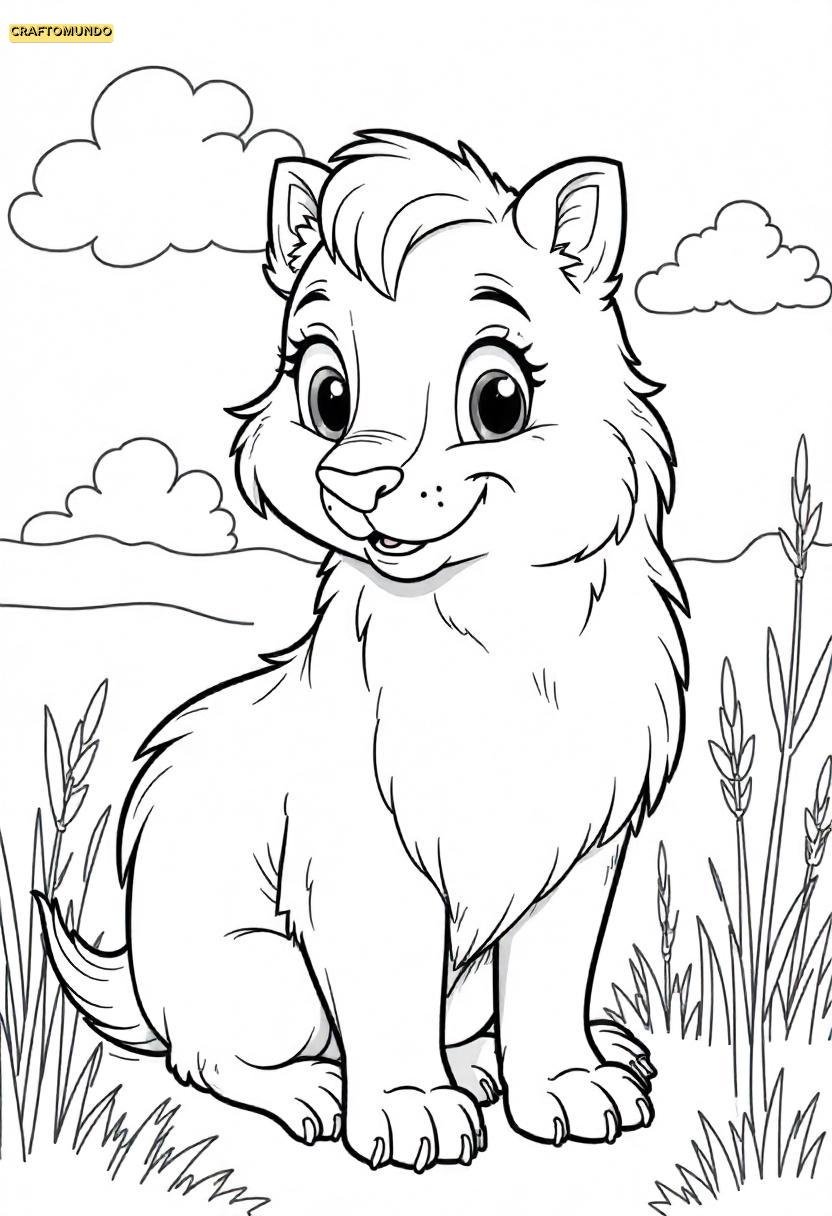
8

9
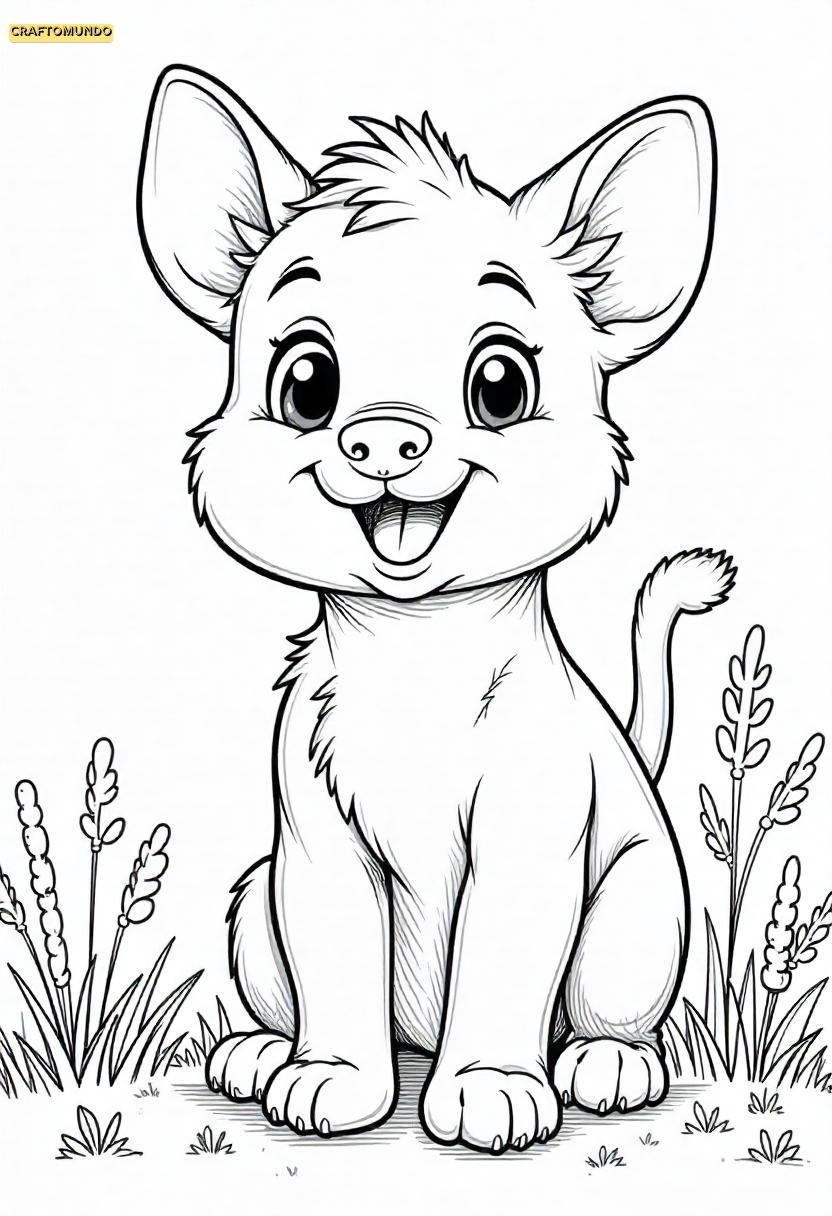
10
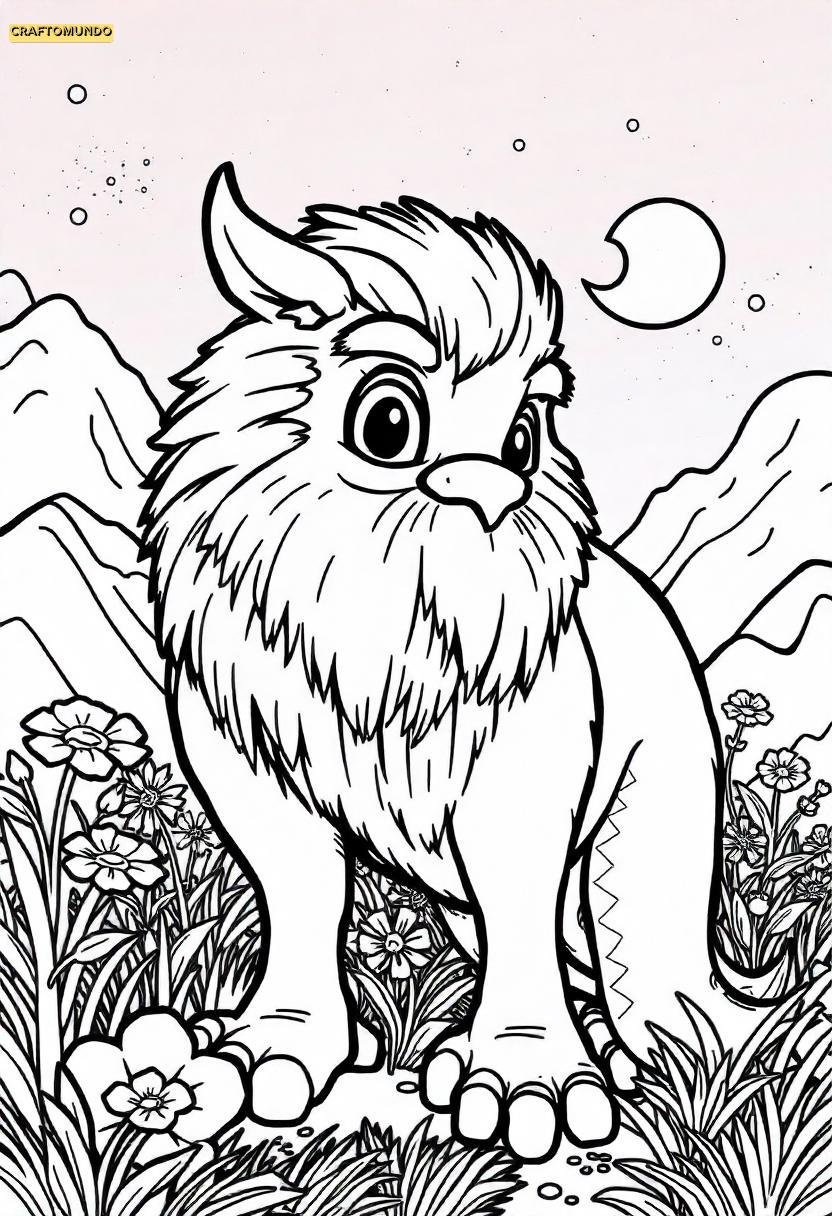
11
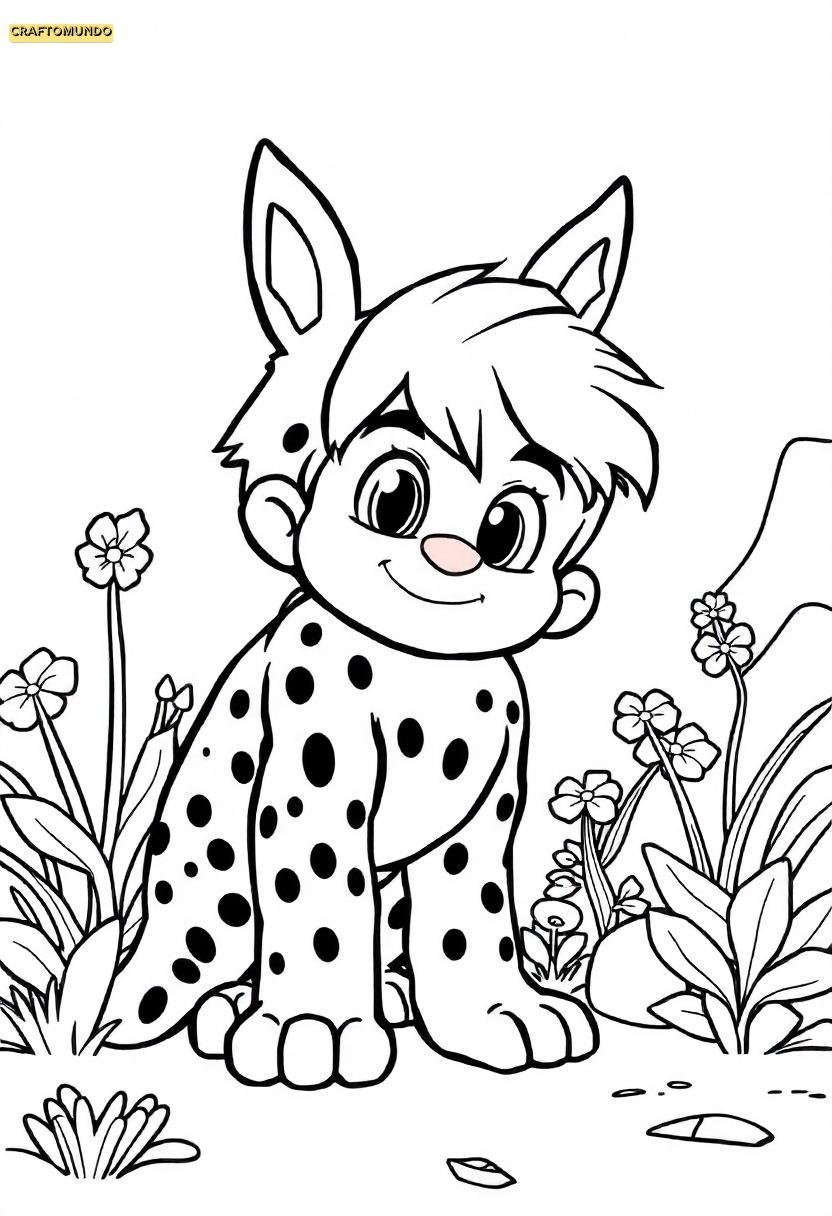
12
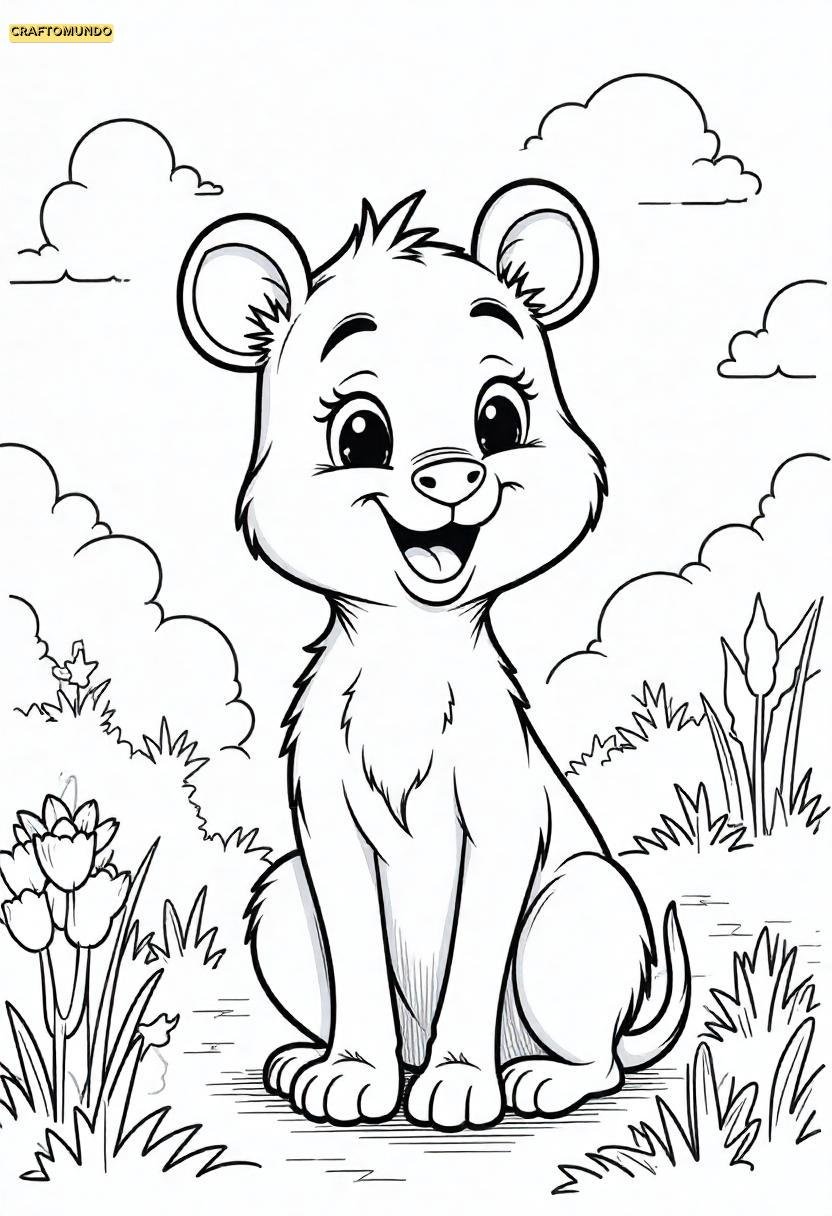
13
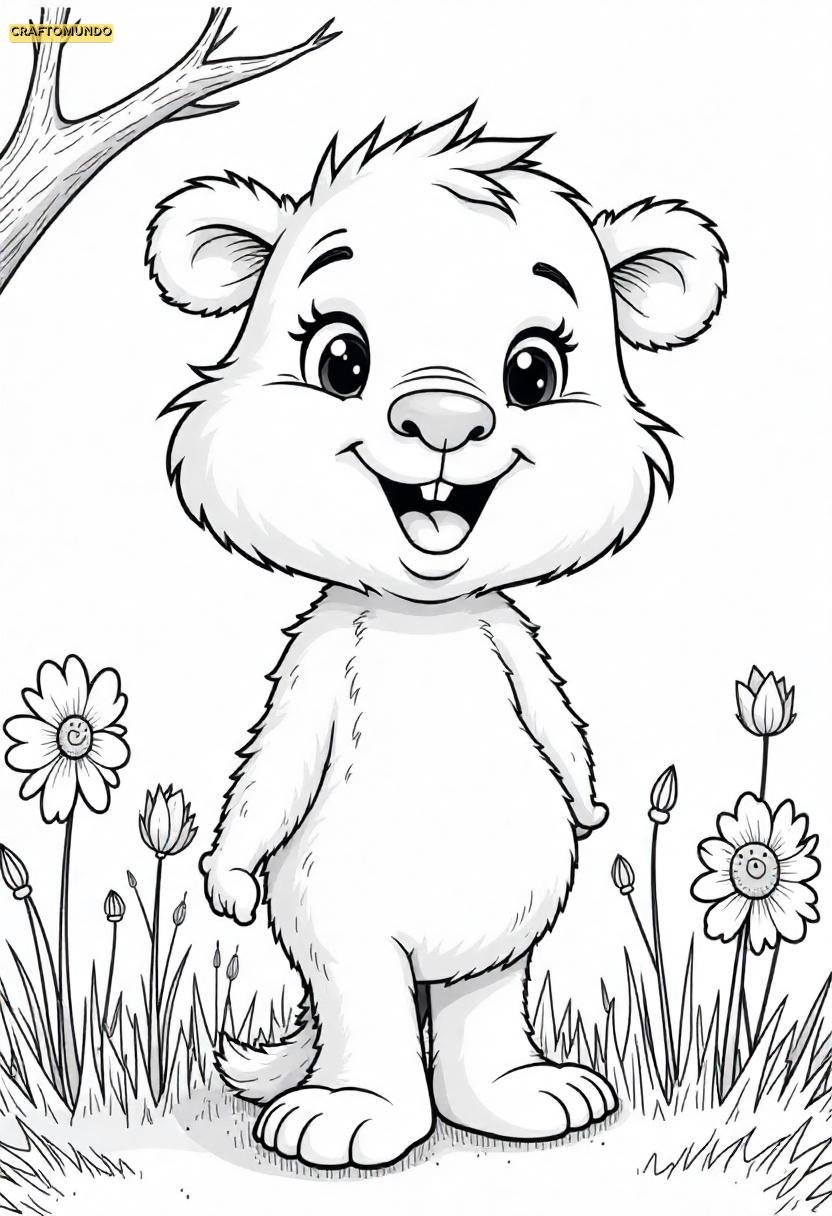
14
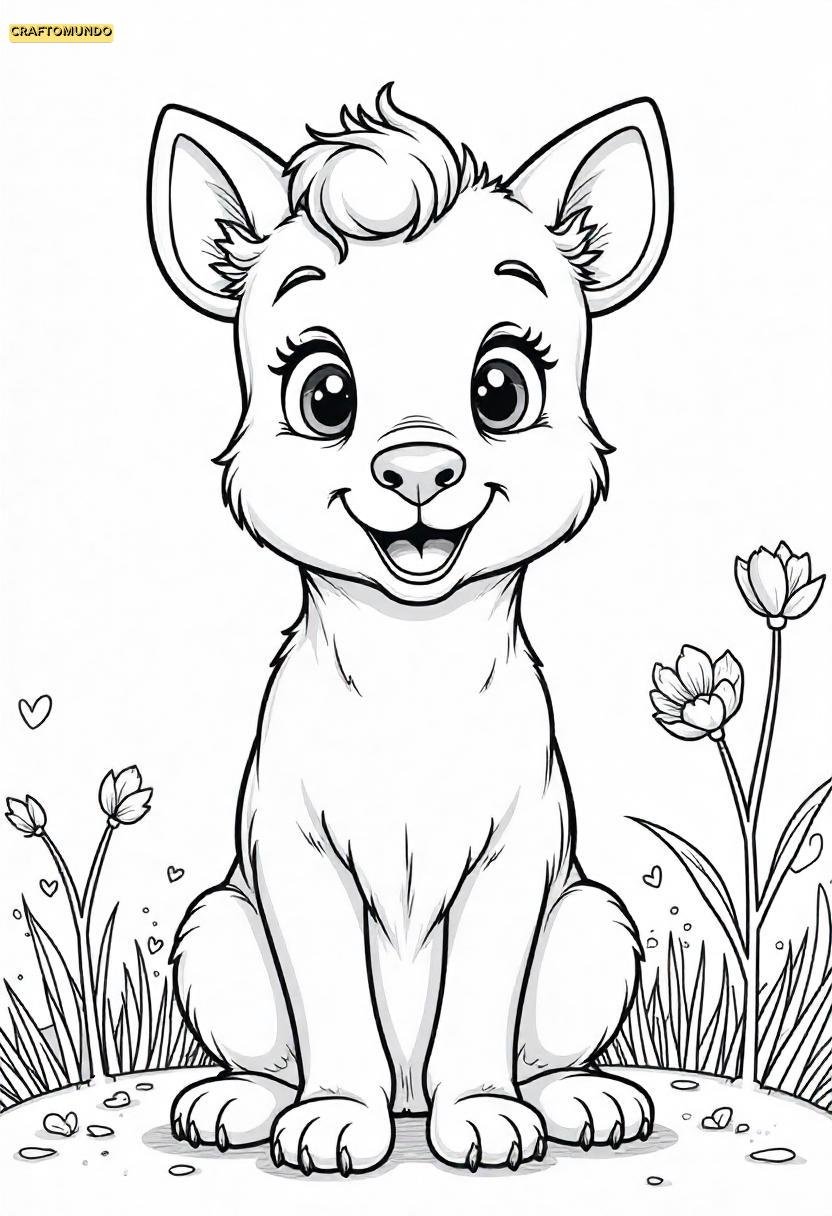
15
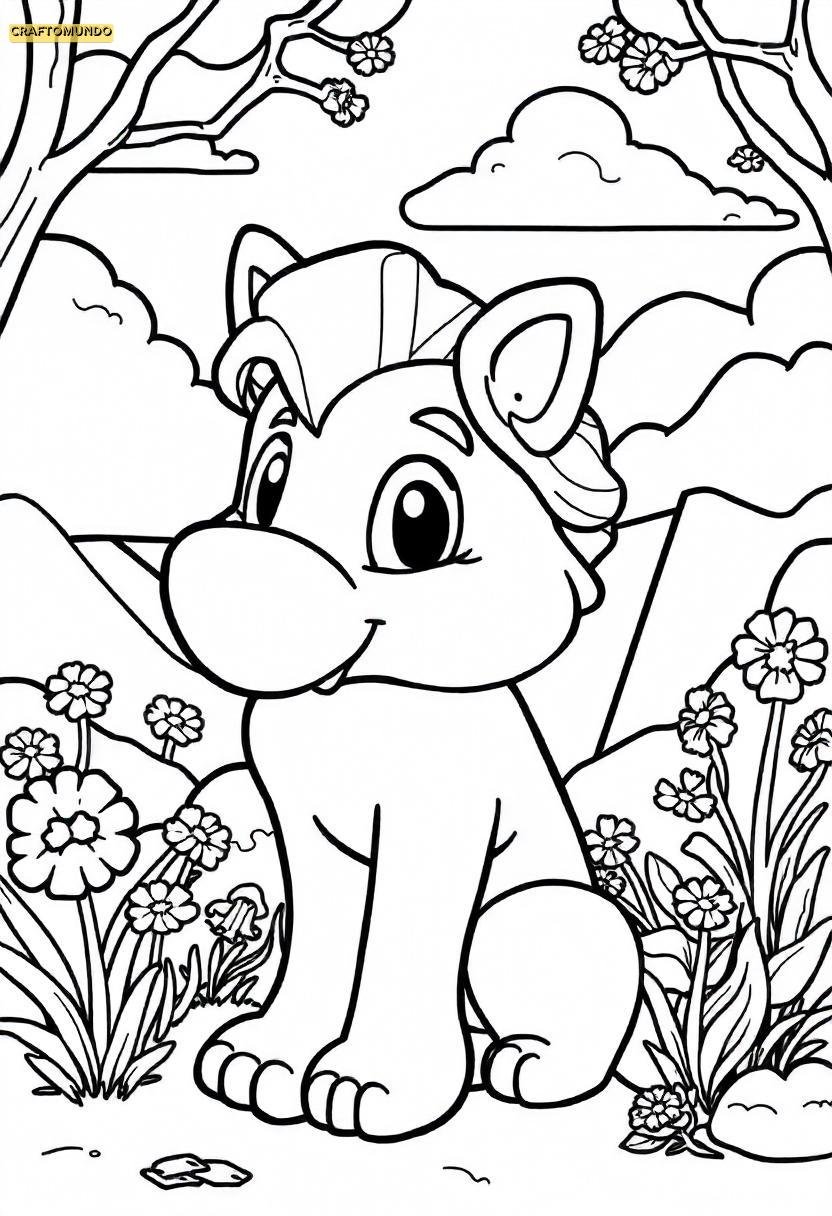
16

17
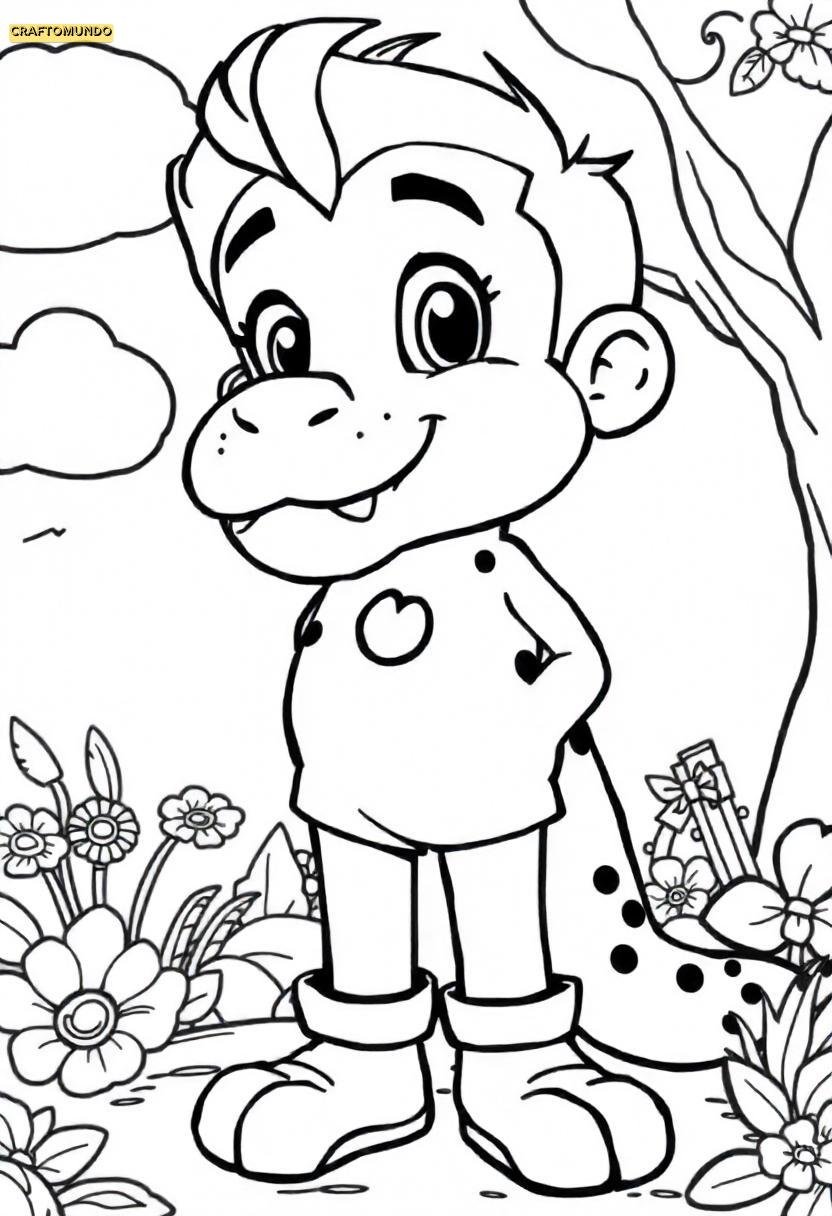
18
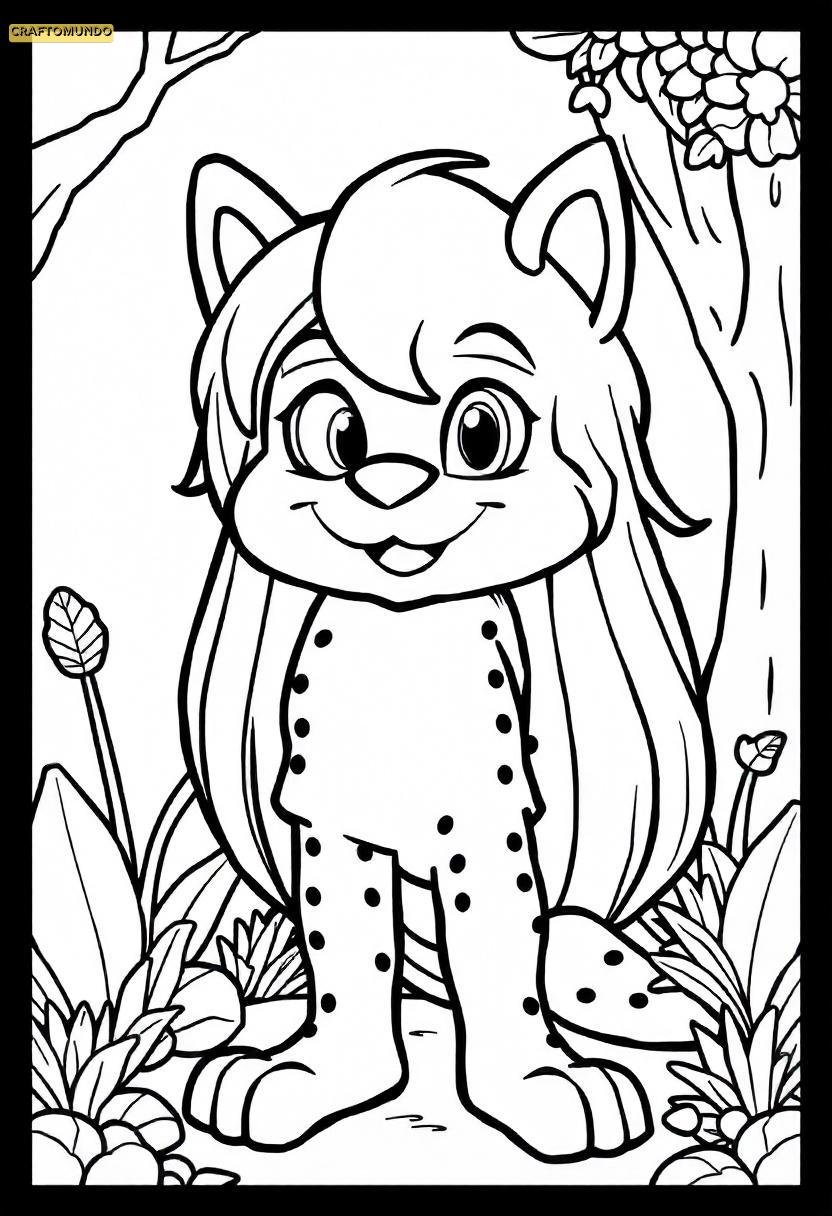
19
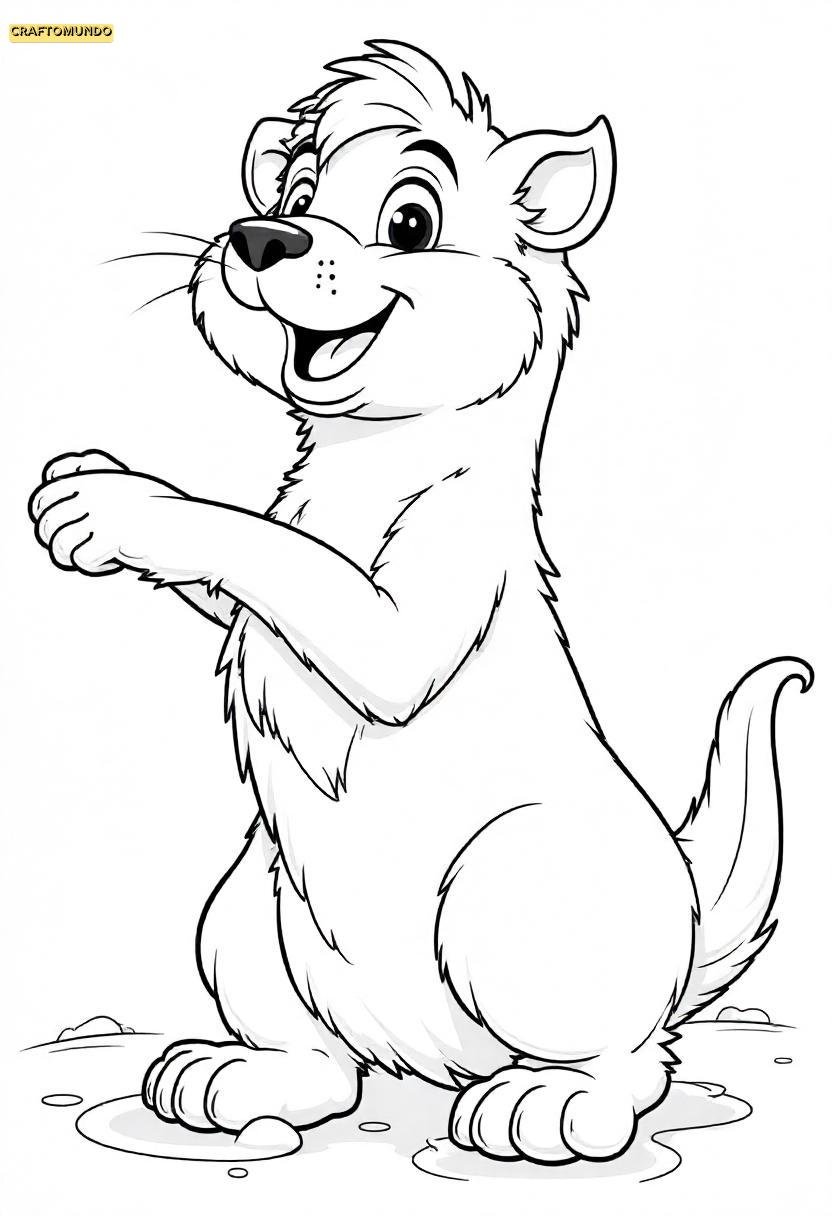
20
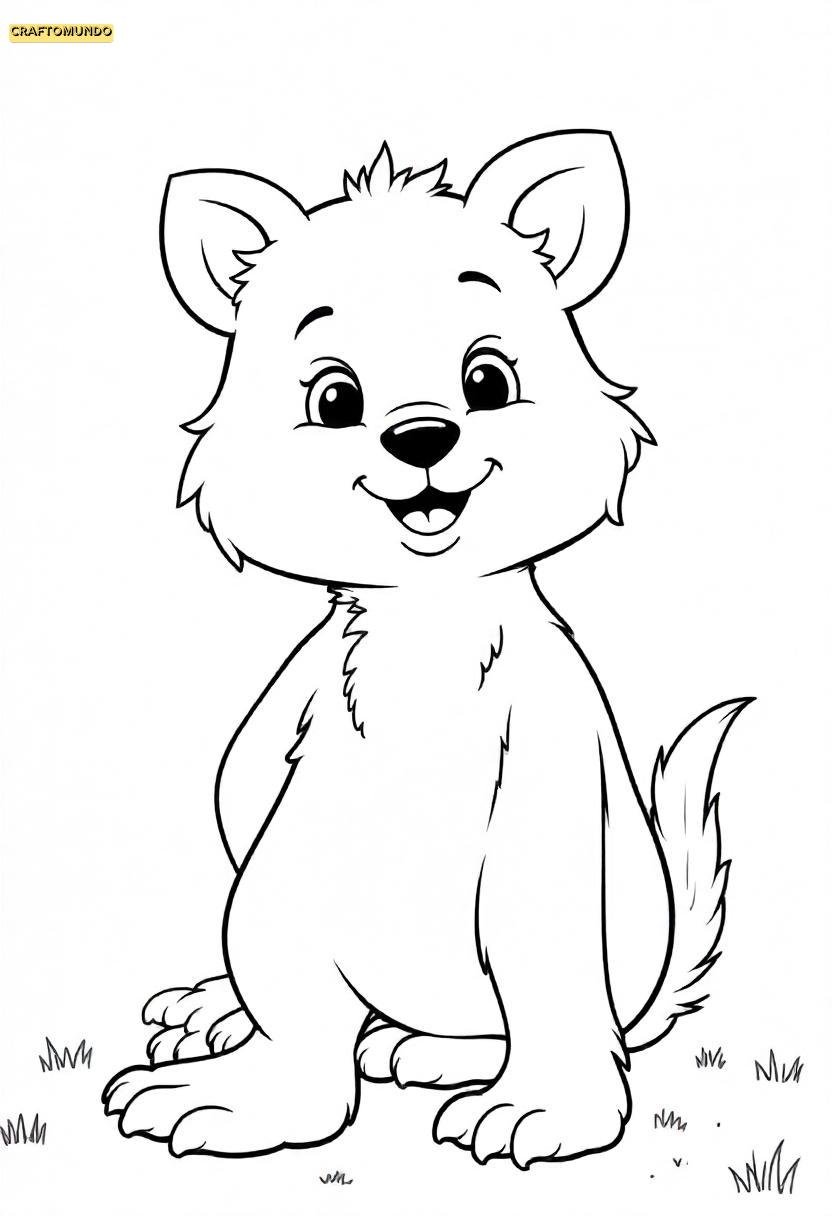
21
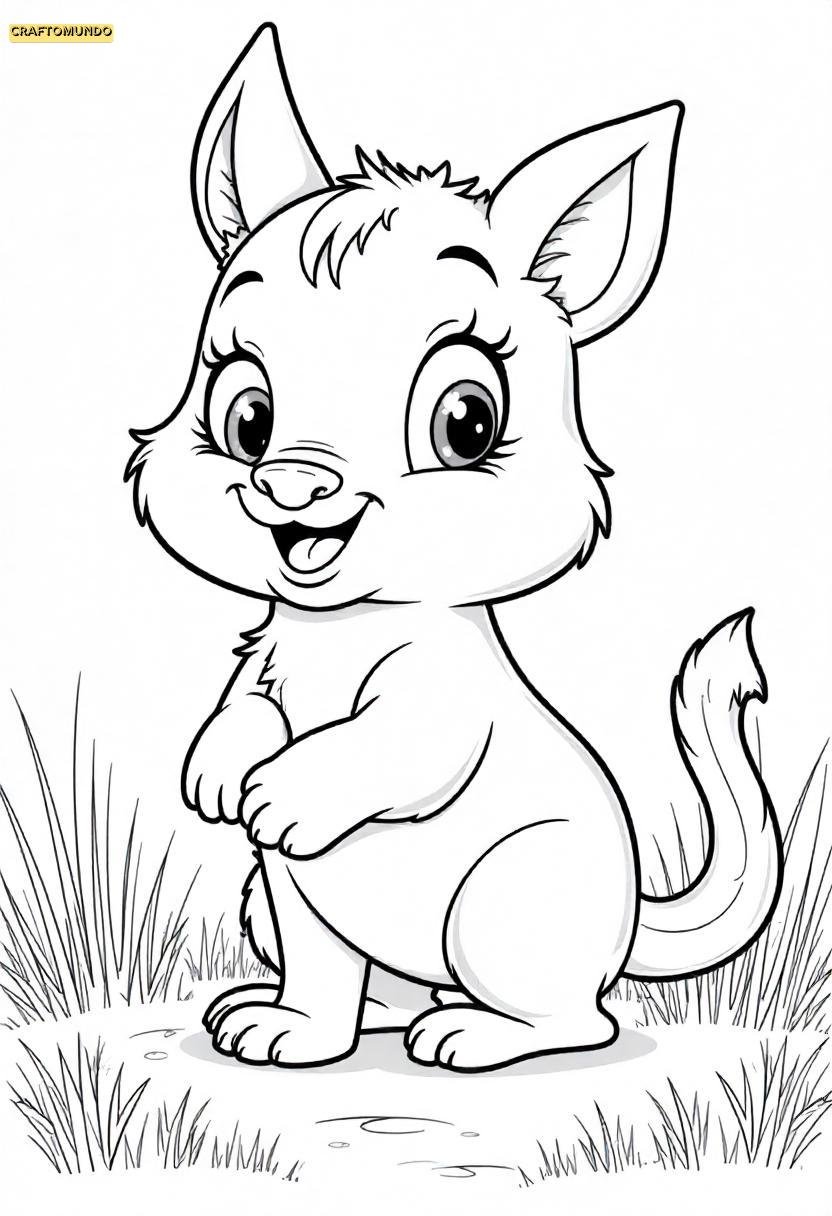
22
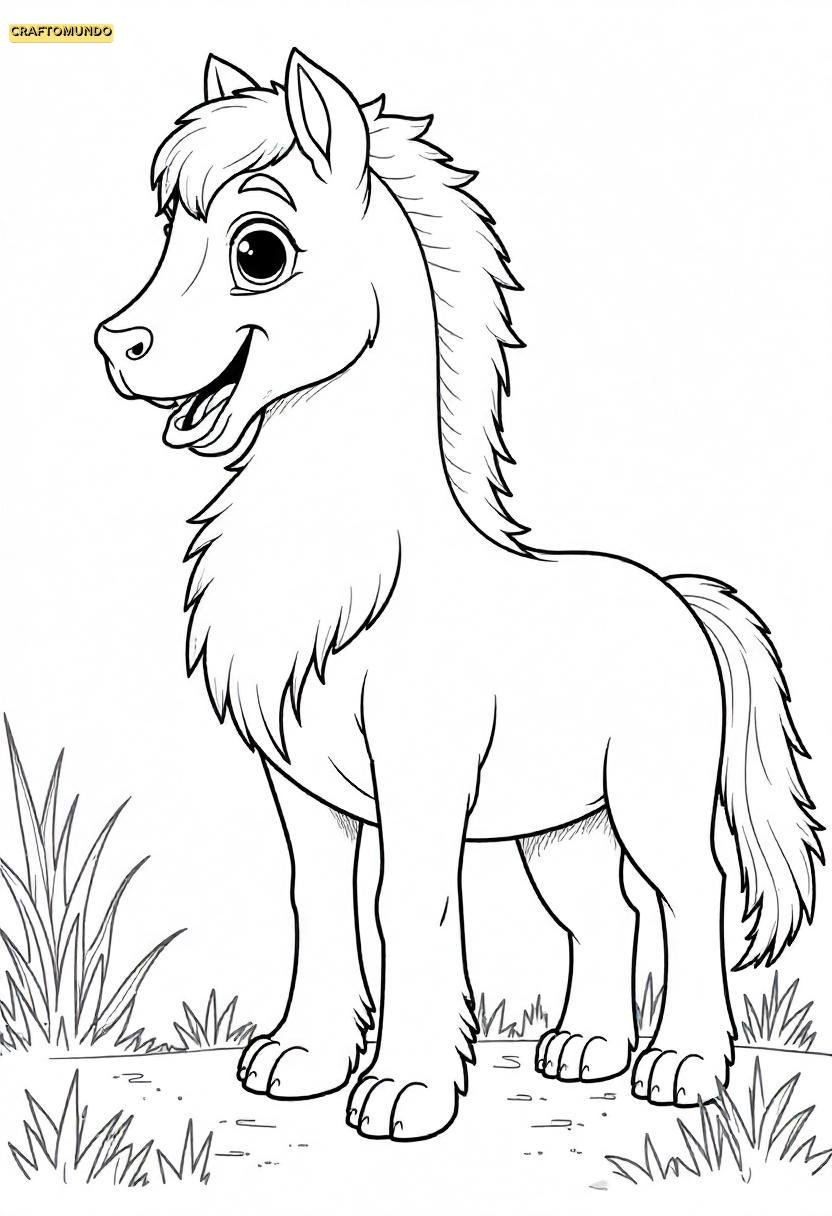
23
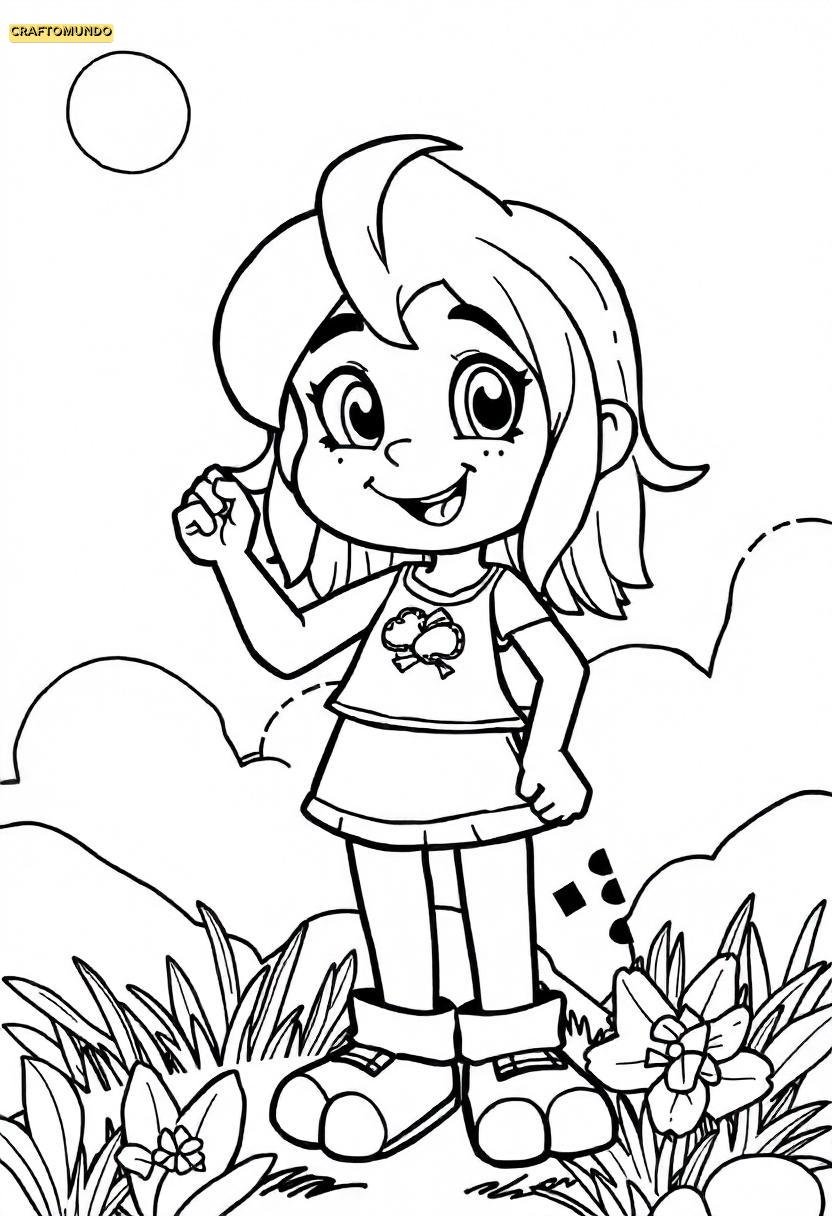
24
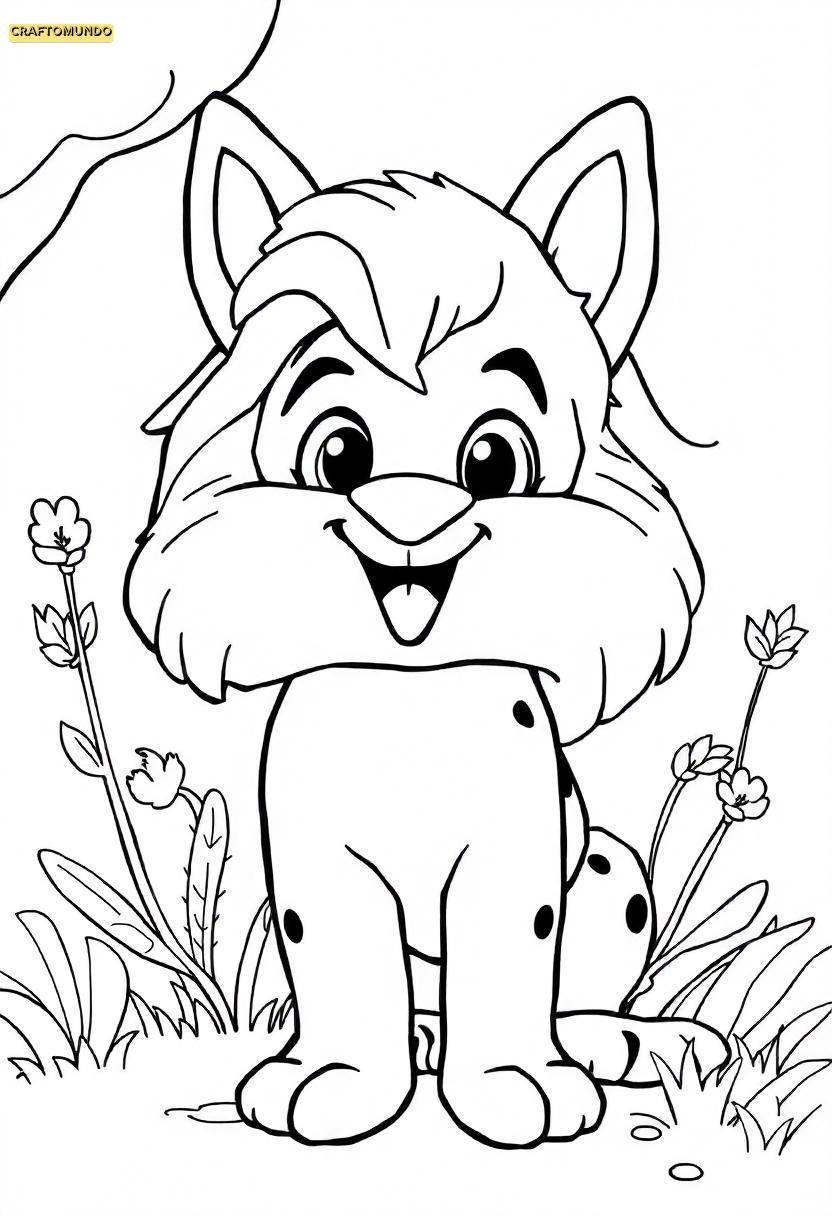
25
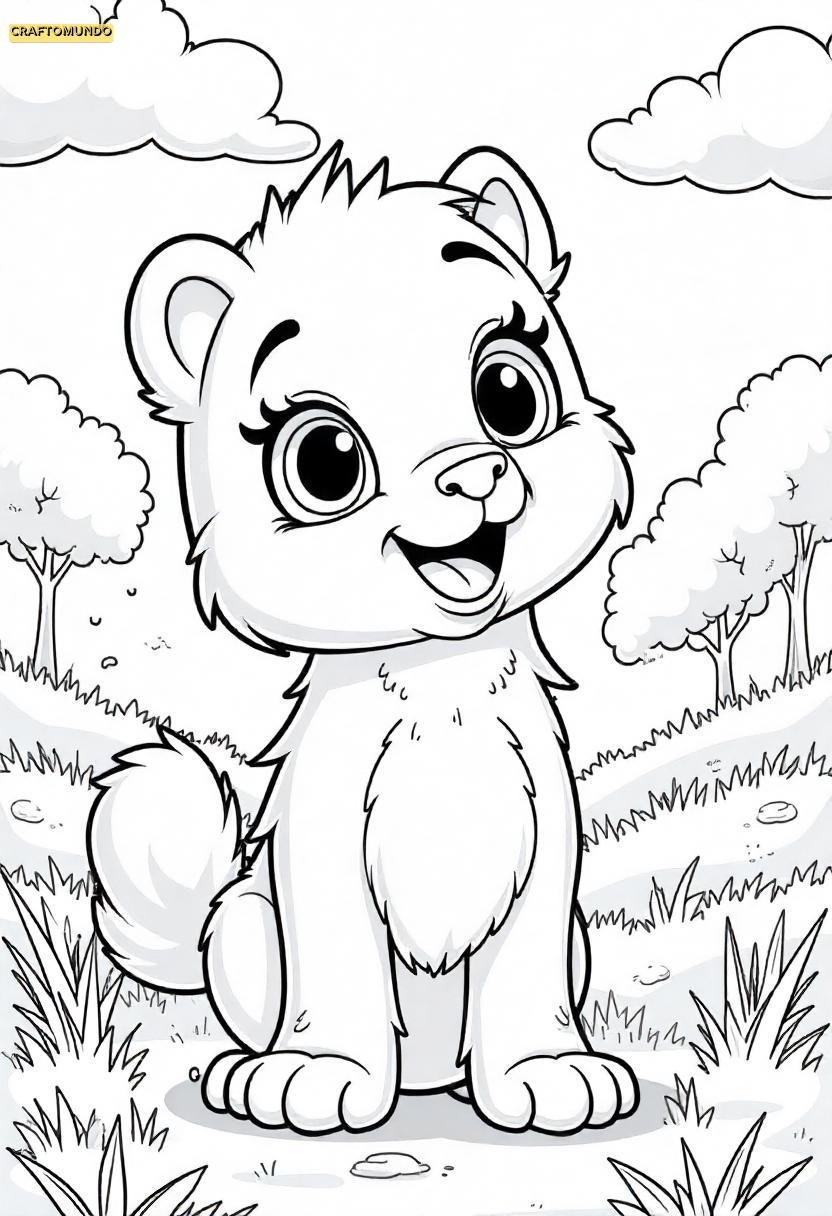
26
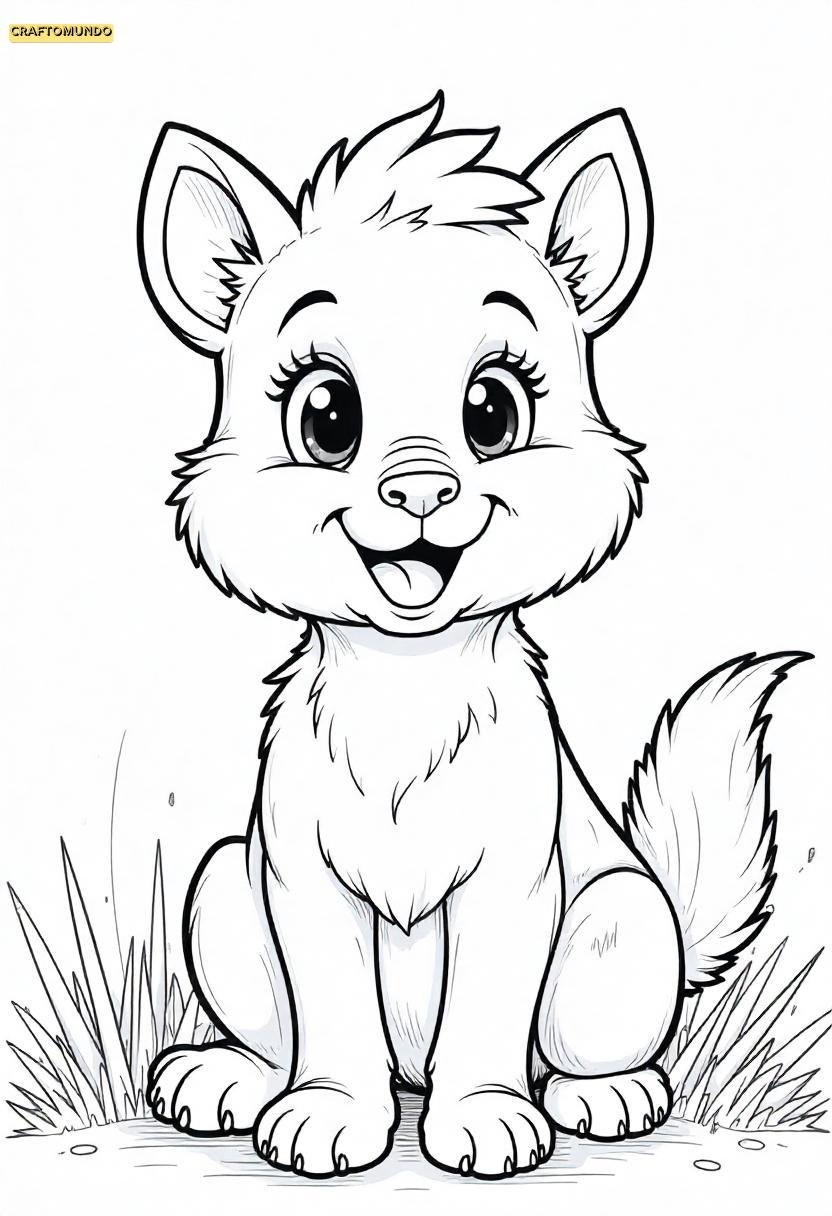
1. Choose the Right Tools for the Job
Before we even touch the coloring page, let’s talk supplies. Picking the right tools can make a huge difference in your finished artwork.
Markers 🖍️
Markers are vibrant and bold, but they can also bleed through thin paper. If you love the rich look they provide, use a thicker coloring book or place a scrap piece of paper underneath to protect your workspace.
Pro Tip: Experiment with both fine-tip markers for details and brush markers for larger areas or gradients. Alcohol-based markers, like Copic or Sharpies, blend beautifully but require practice.
Colored Pencils ✏️
If shading and layering are your jam, colored pencils are the way to go. Look for soft-core pencils (like Prismacolor) for rich, blendable colors. Harder pencils work better for tiny details or crisp outlines.
Pro Tip: Sharpen your pencils frequently and layer light colors over dark to create soft highlights.
Crayons 🖍️
Crayons are classic for a reason. They’re forgiving, fun, and great for bold, childlike designs. For added texture, color with the side of the crayon or layer colors by overlapping strokes.
Pro Tip: Use a white crayon over finished areas to blend colors and add a shiny finish.
Gel Pens and Glitter ✨
Who doesn’t love a little sparkle? Gel pens are perfect for adding fine details, accents, or pops of shimmer to your cartoon pages.
Pro Tip: Reserve metallic or glitter gel pens for outlines, accessories, or magical elements like fairy wings.
2. Start with a Game Plan
Coloring may feel like a free-for-all, but a little planning goes a long way! Before you dive in, take a moment to scan the page and think about your colors.
What’s the Theme?
Does the page feature a sunny meadow, an underwater scene, or a bustling city? Match your colors to the environment for a cohesive look. For instance, use blues and greens for a forest or bright yellows and pinks for a summer vibe.
Choose a Color Palette
A well-chosen palette can turn even simple pages into works of art. Pick 3–5 main colors to work with, then add complementary shades.
Pro Tip: Use a color wheel to pick complementary or analogous colors. (For example, blue and orange make a dynamic pair, while green and yellow create harmony.)
3. Bring Characters to Life
Cartoon characters are the stars of the show, so they deserve extra love! Here’s how to make them pop.
Match Their Personalities
Is your character a cheerful bunny or a grumpy cat? Bright, warm colors (like yellow or orange) suit happy characters, while moody ones shine with cooler hues like blue or gray.
Pro Tip: For villains, dark and dramatic colors—think purples, blacks, and reds—set the tone perfectly.
Experiment with Skin Tones
Don’t limit yourself to peach or beige! Try unusual tones, like lavender for an alien or green for a goblin. If your character has natural skin tones, blend a mix of warm and cool shades for a more lifelike effect.
4. Master Shading and Highlights
Shading and highlights are your secret weapons for adding depth to your cartoon pages. They’re not as tricky as they seem!
Shading Basics
Pick a light source (imagine the sun shining from one corner of the page). Add darker shades on the opposite side of your objects or characters to create shadows.
Pro Tip: Use small, circular strokes with colored pencils to blend your shading seamlessly.
Highlighting Tricks
Highlights make objects look shiny and three-dimensional. Leave small areas white or use a white gel pen to add sparkly reflections.
Pro Tip: Highlight eyes and jewelry for extra impact—it’s like giving your character instant glam!
5. Texture is Everything
Cartoon coloring pages often feature textures like fur, grass, or fabric. Mimicking these textures with your tools makes your page come alive.
Furry Friends
For animals, use short, feathery strokes in the direction of their fur. Layer different colors for a realistic effect—like tan, brown, and black for a dog.
Grass and Leaves
Use quick, vertical strokes for grass and layer greens with yellows or blues. For trees or bushes, try tiny circular motions to mimic foliage.
Pro Tip: Add texture to flat areas by layering colors and using tools like blending stumps or even your finger.
6. Think Outside the Lines
Coloring inside the lines is great, but why not break the rules occasionally? Creativity is about having fun!
Add Your Own Details
Turn a plain background into a starry night, a sunny sky, or a candy-filled wonderland. Doodle extra flowers, swirls, or patterns to make the page uniquely yours.
Go Abstract
Who says the sky has to be blue? Paint it pink! Turn a zebra’s stripes into rainbow hues. Cartoon coloring is your chance to experiment.
7. Use Layers for Depth
Layering colors is the key to professional-looking results.
How to Layer
Start with a light base color, then build up darker shades gradually. Use soft pressure at first, increasing it as you add layers.
Pro Tip: Blend layers using a colorless blender pencil or a white pencil for smooth transitions.
8. Mind the Background
It’s easy to focus on the main characters and forget the background, but a well-colored backdrop can make your page pop!
Simple Gradients
Blend two or three colors together for a stunning gradient effect. For example, fade from deep blue to pink for a dreamy sky.
Patterns and Details
Add stripes, polka dots, or tiny stars to backgrounds to fill empty space without overwhelming the main image.
9. Don’t Fear Mistakes
Oops! Made a smudge or picked the wrong color? Relax—mistakes are part of the fun.
Fixing Mistakes
- Colored Pencils: Use an eraser or layer over the mistake with a darker color.
- Markers: Cover errors with white gel pens or stickers.
- Crayons: Gently scrape off the wax with a craft knife and recolor.
Pro Tip: Turn mistakes into opportunities—an accidental dot can become a star or a speck of glitter!
10. Keep Practicing and Have Fun
Like any art, coloring improves with practice. The more you experiment, the more you’ll develop your own unique style.
Challenge Yourself
Try new techniques, like using only two colors or recreating a famous cartoon scene. Share your work with friends or online communities for inspiration and feedback.
Celebrate Your Wins
Every finished page is a little piece of your creativity. Whether you hang it on your fridge or share it on social media, take pride in what you’ve made!
Bonus: Inspiration Station
Need a little extra inspiration? Here are some fun themes to spark your imagination:
- Seasonal Fun: Winter wonderlands, spring gardens, or autumn leaves.
- Fantasy Worlds: Dragons, unicorns, and enchanted forests.
- Retro Vibes: Vintage cartoons or 80s neon palettes.
- Space Adventures: Planets, aliens, and galaxies.
Final Thoughts
Cartoon coloring pages are more than just a way to pass the time—they’re a canvas for your creativity. With these tips and tricks, you’ll turn simple pages into stunning works of art, all while having a blast. Remember, there are no wrong answers in art; the most important thing is to have fun and let your imagination run wild.
So grab your favorite coloring tools, put on some fun music, and let’s color the world, one cartoon at a time!
